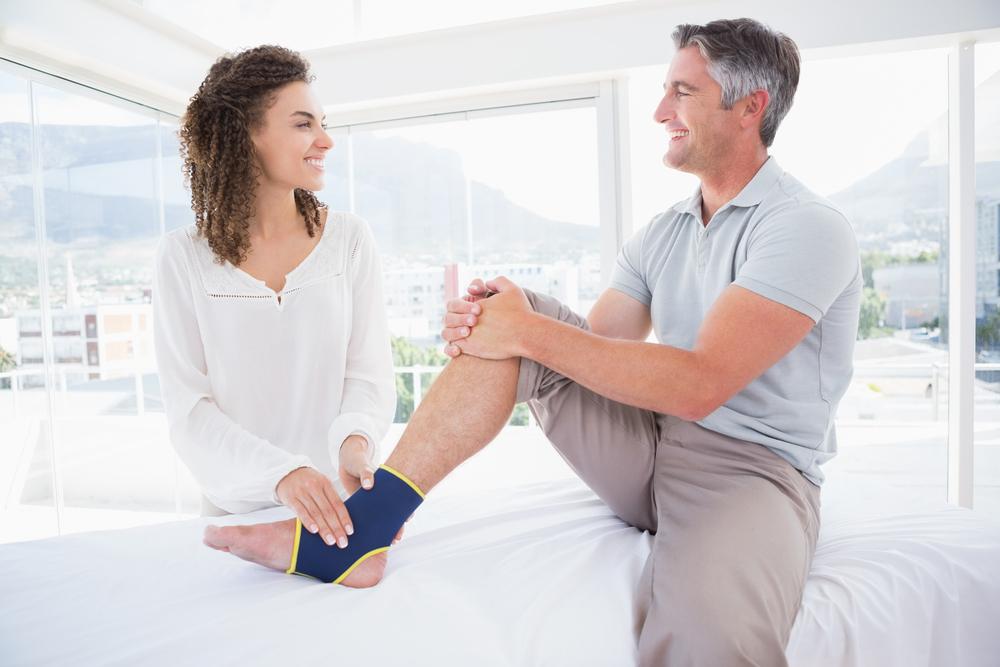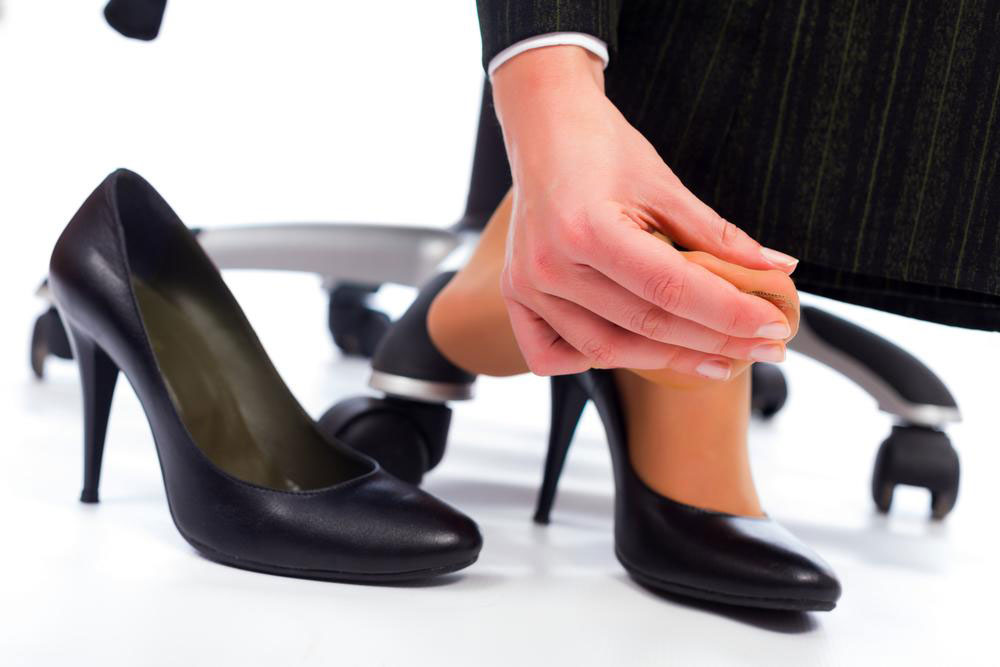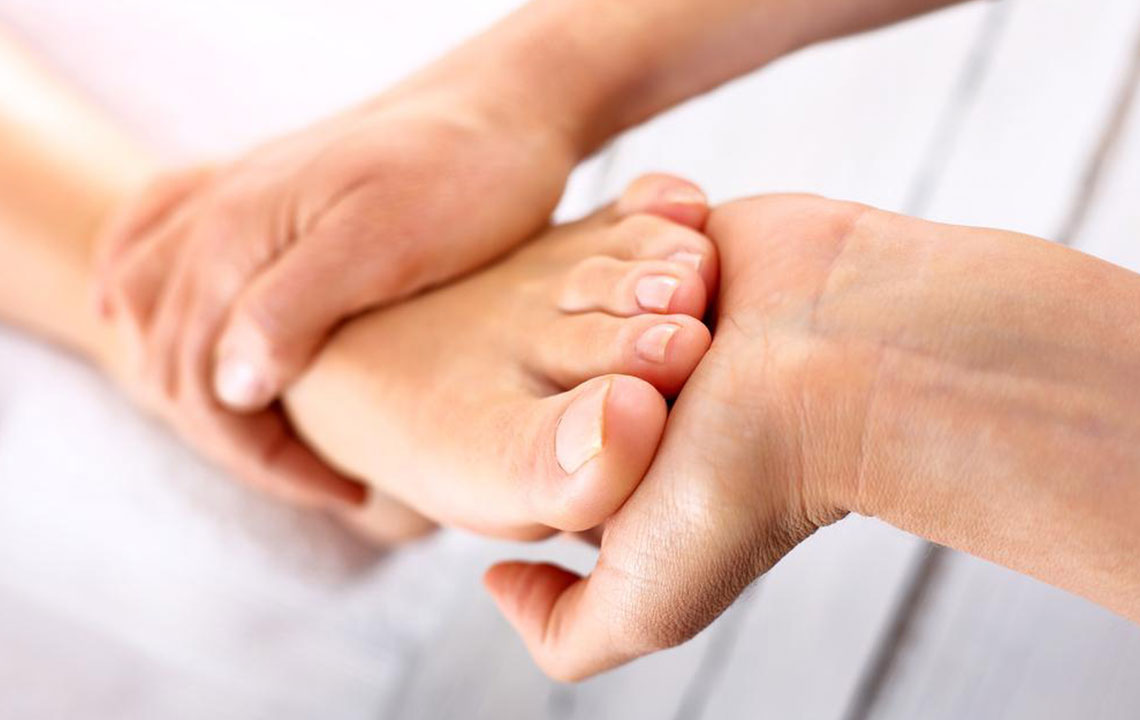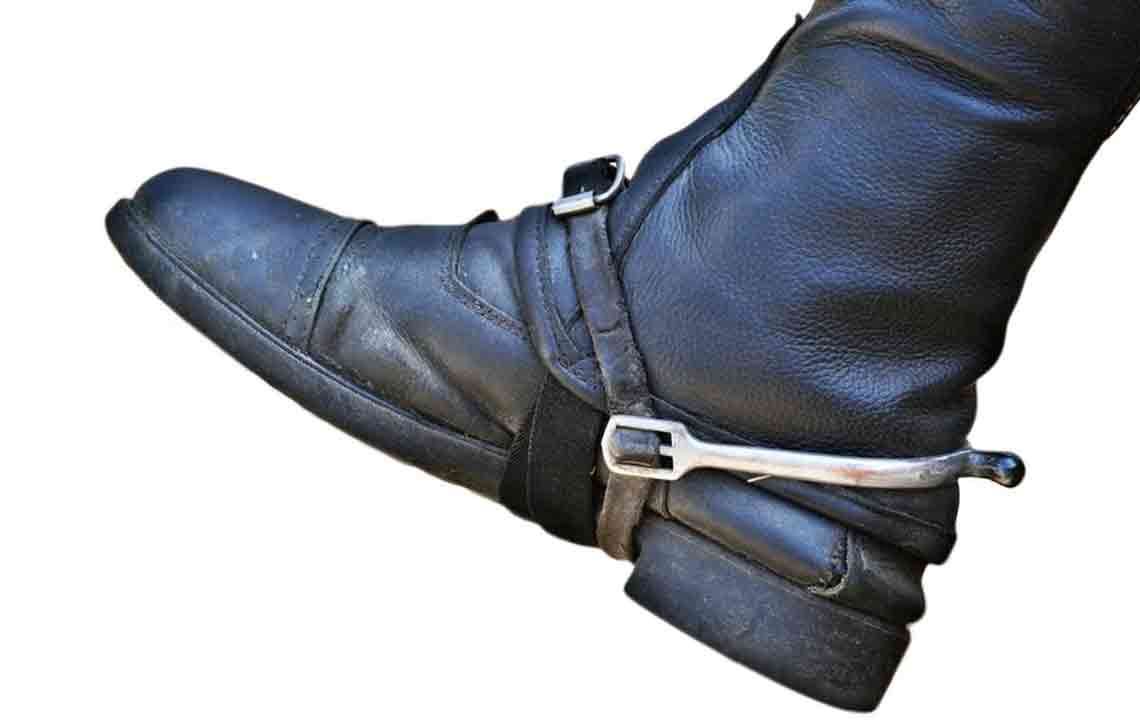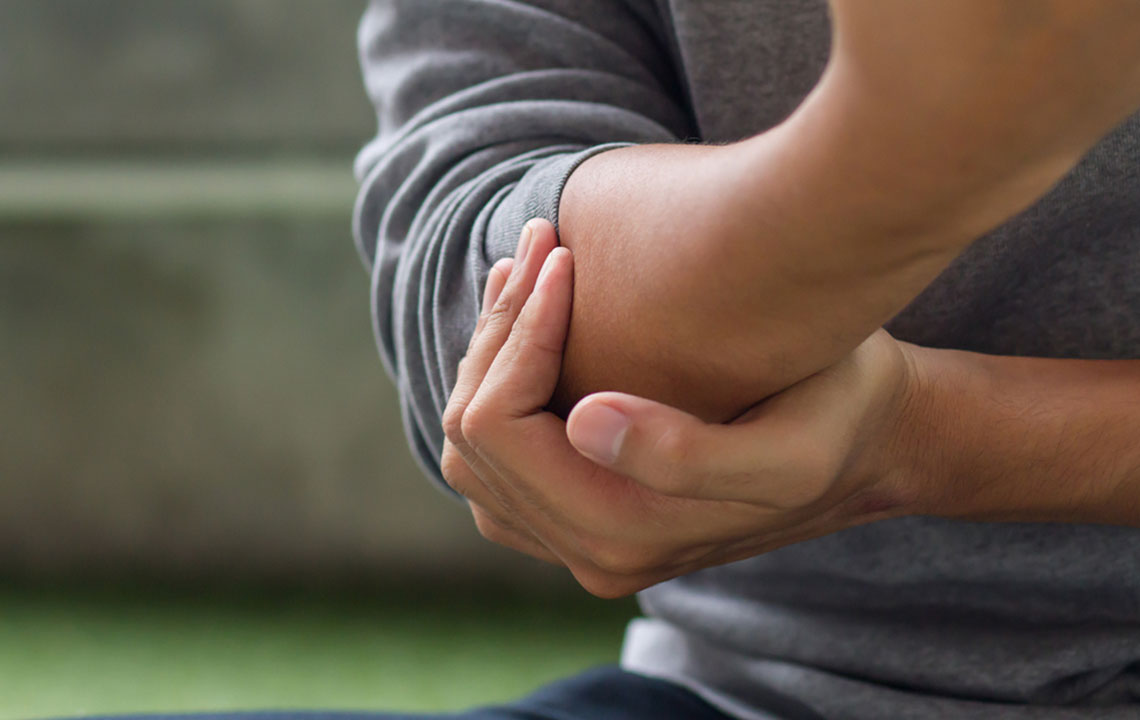Comprehensive Guide to Relieving Dorsal Foot Pain: Effective Strategies and Treatments
This comprehensive article explores common causes of dorsal foot pain, including stress fractures, tendinitis, gout, and nerve entrapments. It provides detailed treatment options and prevention tips to help individuals manage and alleviate discomfort effectively. Suitable for those experiencing persistent foot pain, the guide emphasizes early diagnosis and professional intervention to restore mobility and improve quality of life.
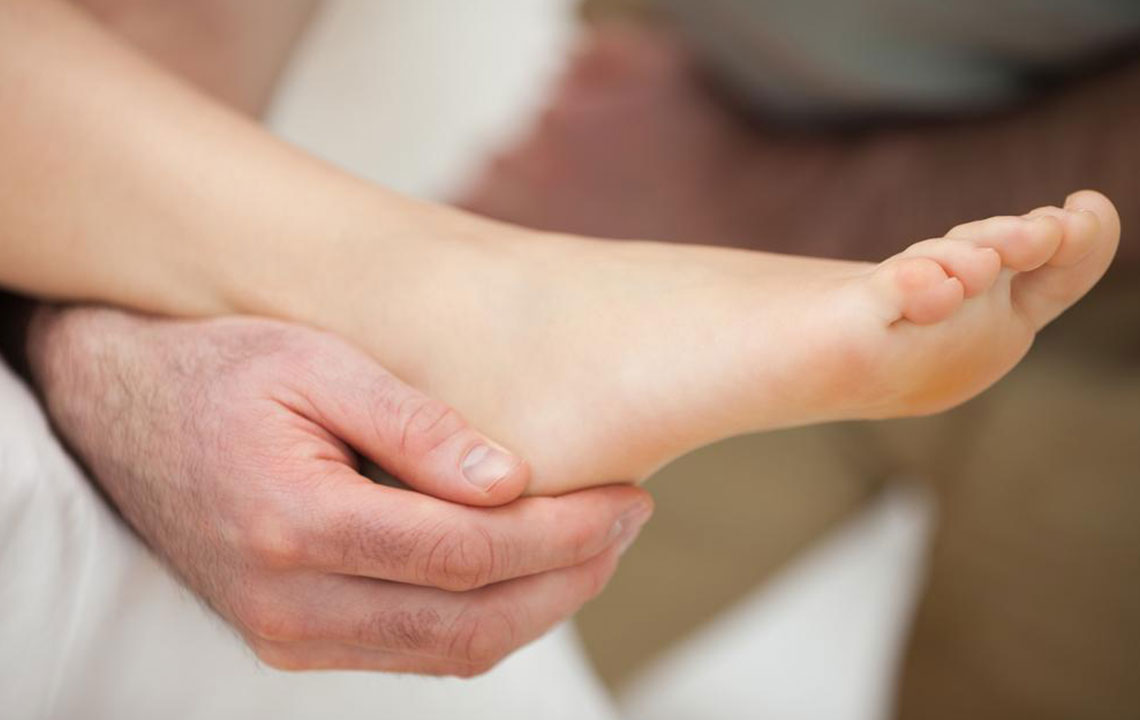
Comprehensive Guide to Relieving Dorsal Foot Pain: Effective Strategies and Treatments
Foot pain on the upper (dorsal) part can significantly interfere with everyday activities, making routine movements such as walking, running, or standing uncomfortable and often painful. Given that the foot supports approximately 1.5 times the body’s weight during movement, its proper function is essential for maintaining mobility and independence. Statistics show that roughly 75% of individuals experience dorsal foot discomfort at some point in their lives, highlighting the commonality and importance of understanding how to manage and treat this issue effectively.
The upper foot's pain can stem from a range of causes, from minor injuries to more complex structural issues. Accurate diagnosis plays a crucial role in determining the best course of action, whether that involves conservative treatments like rest and ice or more advanced interventions such as physical therapy or surgery. Recognizing the specific condition causing dorsal foot pain allows for targeted and effective relief, helping patients restore mobility and reduce discomfort.
Below are the primary conditions associated with dorsal foot pain, along with their associated causes and treatment options:
Stress Fractures - Small cracks in the bones of the foot, particularly the metatarsals, often arise due to repetitive stress or overuse. Activities like jumping, running long distances, or kicking can place excessive strain on the foot bones, leading to tenderness, swelling, and persistent pain. Treatment strategies typically include rest to allow healing, application of ice packs to reduce inflammation, wearing protective braces or splints, and, in some cases, surgical intervention if fractures are complex or do not heal naturally.
Extensor Tendonitis - This condition involves inflammation of the extensor tendons located on the top of the foot. It’s frequently caused by excessive pressure from tight footwear, prolonged standing, calf muscle tightness, or foot biomechanics issues such as overpronation. Symptoms include swelling, pain when lifting the toes, and sometimes a dull ache. Managing extensor tendonitis usually involves changing footwear to shoes with more room, employing orthotic devices to correct foot alignment, icing the painful area, and possibly ultrasound therapy to promote healing.
Sinus Tarsi Syndrome - A less common but notable cause of dorsal foot pain, this condition involves irritation within the sinus tarsi space—the small cavity between the talus and calcaneus bones of the ankle. Typically resulting from an ankle sprain or abnormal gait mechanics, patients experience pain that radiates towards the outer ankle and sometimes the top of the foot. Treatment options include stabilization exercises to improve gait, application of ice to reduce inflammation, joint mobilization techniques, and in some cases, supportive bracing or orthotics to prevent recurrence.
Mallet Toe - Mallet toe occurs when the distal joint of a toe, often the big toe or smaller toes, becomes deformed due to damage or imbalance in the tendons and ligaments. This results in toe stiffness, deformity, and callus formation, which can cause significant discomfort when walking or wearing shoes. Corrective measures involve wearing properly fitted footwear that does not chafe or crowd the toes, orthotic pads to cushion the deformity, and addressing underlying biomechanical issues to prevent worsening.
Gout - Gout is a form of inflammatory arthritis caused by the buildup of uric acid crystals in the joints, predominantly affecting the big toe. It manifests suddenly with intense pain, redness, swelling, and warmth, often worsening at night. Managing gout involves dietary modifications to reduce uric acid production, medications such as anti-inflammatory drugs, uric acid-lowering agents, and lifestyle changes like reducing alcohol intake and avoiding purine-rich foods.
Nerve Entrapment - When nerves in the foot become compressed or pinched due to swelling, injury, or structural abnormalities, these nerve entrapments cause shooting pains, numbness, tingling, or a sensation of pins and needles. Commonly affected nerves include the superficial and deep peroneal nerves. Treatment often includes wearing comfortable, well-fitting shoes, employing RICE therapy (Rest, Ice, Compression, Elevation), and in some cases, nerve decompression surgery if conservative measures fail.
Athlete’s Foot - This fungal infection, also known as tinea pedis, affects the skin and sometimes the nails of the foot. It is mostly caused by poor hygiene, damp socks, tight shoes, or sharing contaminated footwear or towels. Symptoms include itching, burning, cracked skin, and pain, especially between toes or on the sole and top of the foot. Preventative measures involve maintaining proper foot hygiene, regular drying of feet, avoiding sharing personal items, and using antifungal creams or powders to eliminate the infection and prevent its spread.
In conclusion, dorsal foot pain is a common issue with a variety of causes, each requiring a tailored approach to treatment. Whether it’s resting a stress fracture, using orthotics for tendinitis, managing gout with medication, or addressing structural deformities like mallet toe, the goal remains the same: alleviate pain, restore function, and prevent recurrence. If you experience persistent or worsening dorsal foot pain, consulting a healthcare professional is essential for accurate diagnosis and effective management. Early intervention not only alleviates immediate discomfort but also reduces the risk of long-term complications and deformities.
